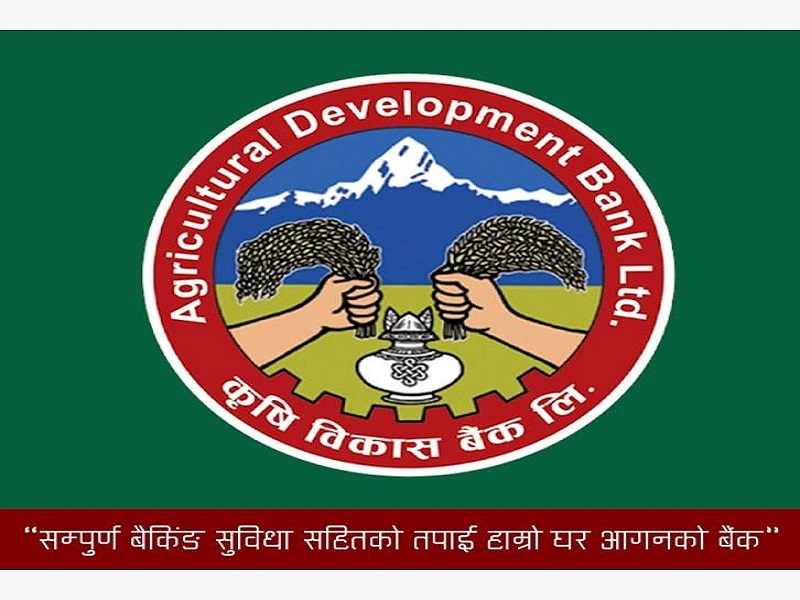Nepal Sambat on Nepali Banknotes: A Step For National Identity
22nd October 2025, Kathmandu
In a significant announcement that highlights the government’s commitment to promoting Nepal’s indigenous cultural identity, Prime Minister Sushila Karki has initiated the process to include Nepal Sambat on all future Nepali banknotes.
Nepal Sambat on Nepali Banknotes
Addressing an event in Madhyapur Thimi, Bhaktapur, on the occasion of Nepal Sambat 1146, the Prime Minister revealed the administration’s plan.
“I commit to consulting with the concerned parties regarding the inclusion of Nepal Sambat on banknotes issued by the Nepal Rastra Bank and will move the process forward,” Prime Minister Karki stated.
This move is seen as a crucial step towards giving greater prominence to the calendar that is deeply rooted in Nepali history and is currently designated as the National Sambat of Nepal.
Honoring the Hero: Sankhadhar Sakhwa’s Legacy
The push to feature Nepal Sambat on currency is fundamentally tied to the calendar’s founder, Sankhadhar Sakhwa. The Prime Minister emphasized the historic and humanitarian origins of Nepal Sambat:
“Exactly 1146 years ago, during the reign of King Raghavdev, [Sankhadhar Sakhwa] made the historic decision to liberate citizens from the burden of debt, specifically those who were immersed in poverty and debt. This very day is the basis for the commencement of Nepal Sambat.”
Sankhadhar Sakhwa’s act of benevolence clearing the debts of the common people, is viewed as an unparalleled act of social unity, sacrifice, and humanity.
1999 BS (2056 BS): Sakhwa was officially declared a National Luminary (Rashtriya Bibhuti).
November 7, 2008 (Kartik 7, 2065 BS): Nepal Sambat was officially declared the National Sambat of Nepal.
The initiative to include it on the currency will be the most visible public endorsement of the calendar’s national importance since its official declaration.
Moving Forward: The Regulatory Process
The implementation of this commitment will require coordinated efforts between the executive branch and the nation’s central monetary authority. As stated by the Prime Minister, the process will involve:
- Consultation with relevant stakeholders and groups promoting the Nepal Sambat.
- Coordination with the Ministry of Finance.
- Approval and action by the Nepal Rastra Bank (NRB), which is responsible for the design and issuance of all Nepali currency notes.
By taking this definitive step, the government aims to strengthen national unity and draw inspiration from Sakhwa’s legacy as the nation works toward a path of social progress and economic stability.
For more: Nepal Sambat on Nepali Banknotes








